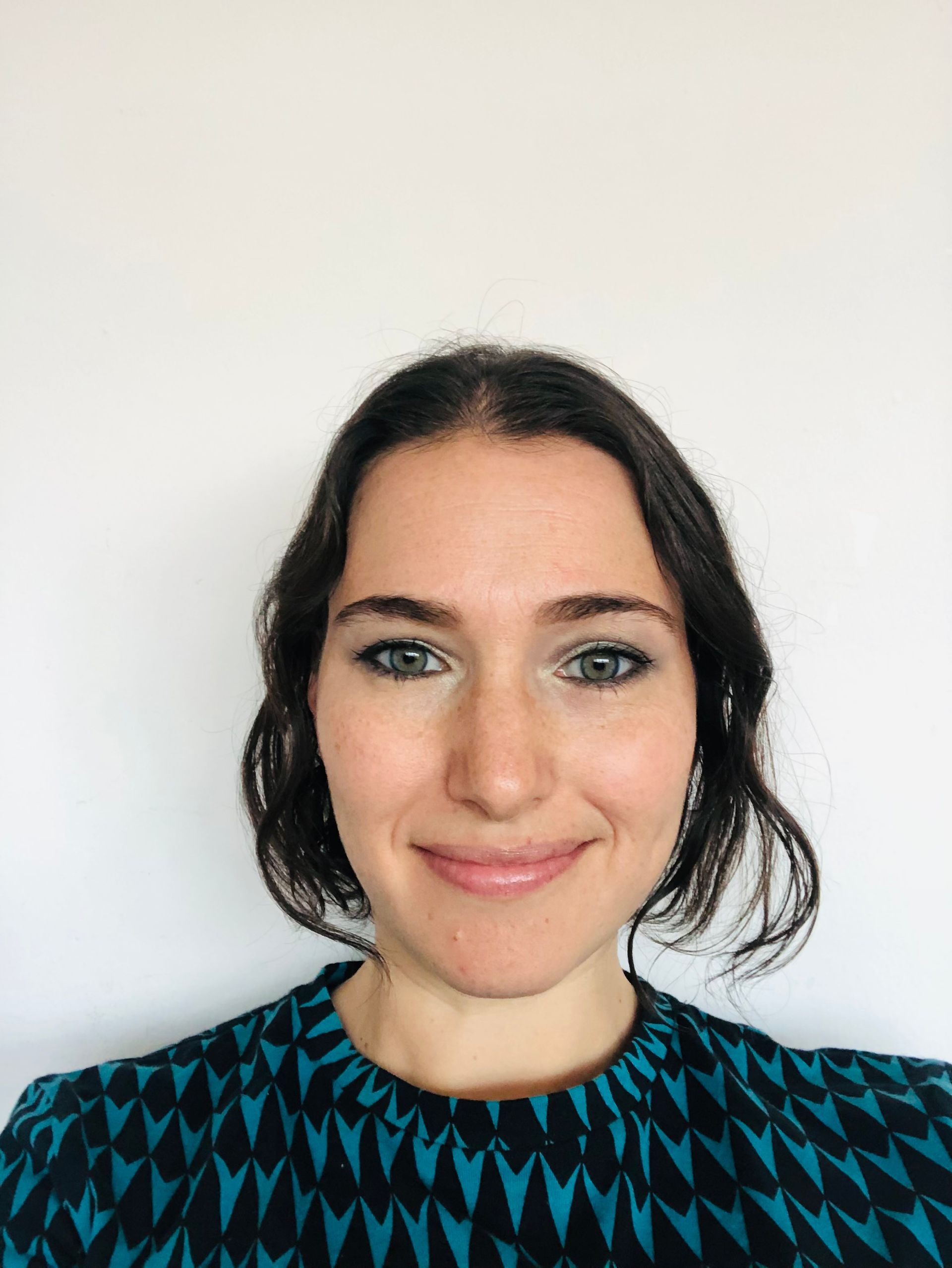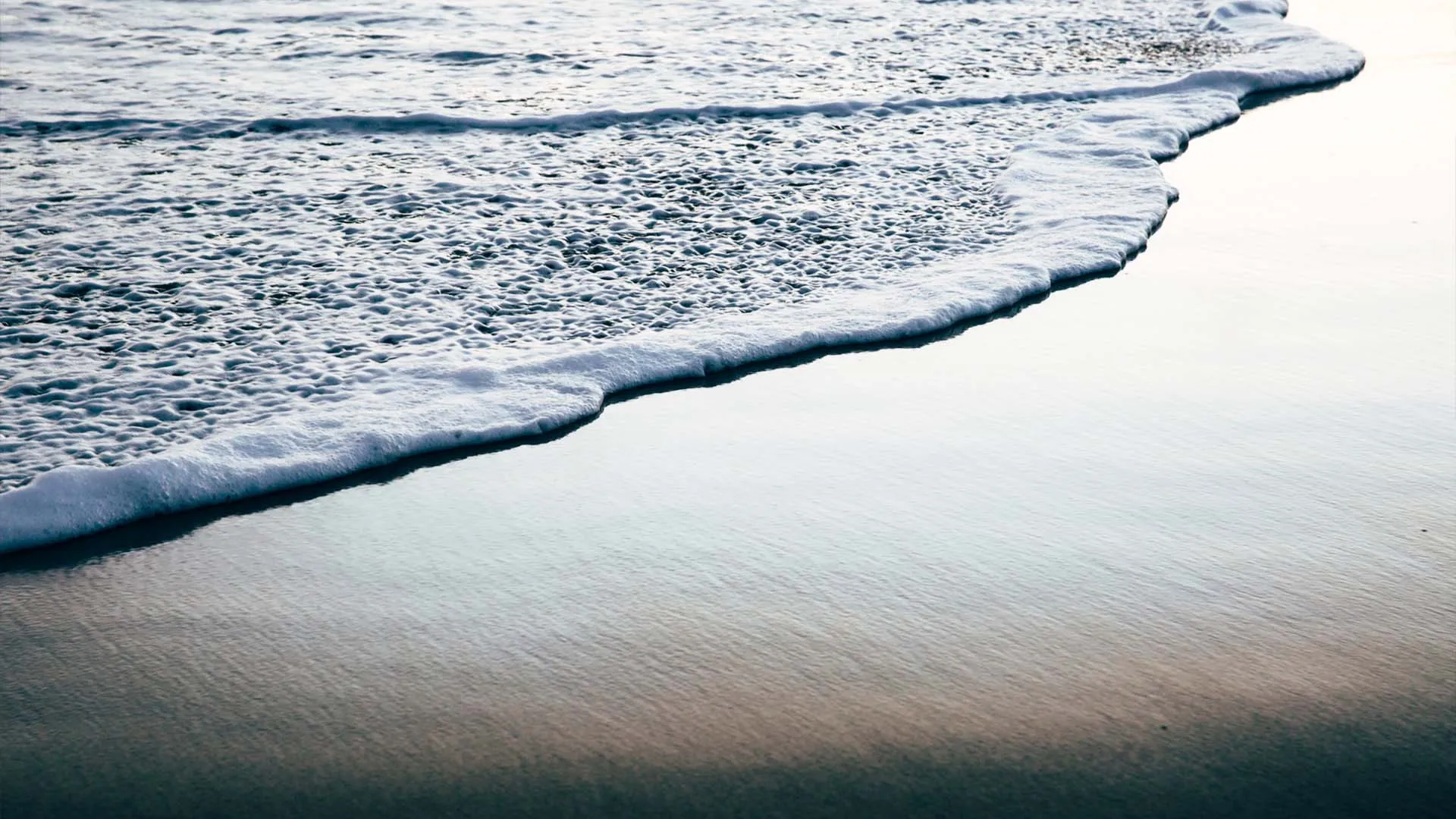New scientific findings reveal how you can optimize your environment to unlock your inner creative genius, which will make you happier and more resilient, and even protect you from depression and burnout. Here’s how to get inspired today.
As human beings, we’re born creators, constantly birthing new thoughts, ideas, and all sorts of things.
So if creativity is innate, why do so many of us feel uninspired and unproductive in our creative lives?
“As adults who’ve lived in our bodies for a long time, we’ve become very habituated,” Carrie Bloomston, an artist, teacher, and author of The Big Book of Little Sparks Creativity Journal, explains to DailyOM. “We’re no longer in the wide-eyed wonder state. Life happens and we close our eyes — and we keep closing until we’re squinting and can barely see. Part of being creative is being able to disrupt our patterns [which are often informed by trauma] enough to respond to the moment intuitively.”
Essentially, we’re filled with so many self-protective preconceptions and default responses that block us from allowing the more intuitive mental state of “flow,” a term coined by the late Hungarian American psychologist Mihaly Csikszentmihalyi, whose 2004 TED Talk on the subject garnered millions of views.
What Is the Flow State?
According to Csikszentmihalyi, flow occurs whenever your skill level and the challenge at hand are on equal planes — that is, you need to feel like what you’re doing is doable … but not easy.
At this point, you feel like you spontaneously “lose yourself” in your activity — and that could be anything you enjoy doing. It’s like you’re on autopilot; time gets distorted and you’re not thinking about your problems, your hunger level, or anything else. You’re fully engaged and at peace in the now.
Bloomston agrees. “To allow creative flow, you need to be a willing participant and deeply connected to the present moment. It’s beyond mindfulness; it’s being embodied, being able to look out around you, appreciate what is happening, and identify what is calling to you.”
“Life happens and we close our eyes — and we keep closing until we’re squinting and can barely see.”
Jeanine Cerundolo, a writer and holistic life/career coach, likens the feeling of flow to being in a canoe on a river. “I’m engaged and actively paddling, yet simultaneously supported by the current. I let myself move and be moved.”
Interested in learning more? Check out Overcoming Creative Anxiety
The Mental Health Benefits of Being in Flow
For Csikszentmihalyi, being in this creative state, in which you feel intense mental clarity, intrinsic motivation, and detachment from the physical, is the secret to happiness and true emotional fulfillment. Research has linked being in flow to increased motivation to pursue long-term goals, not to mention more resilience and protection against depression and burnout.
No matter who you are, or what you want to achieve — whether that’s making art, speaking in public, playing with your children, or learning to become more solution-oriented in general — being in the creative state folds an unquantifiable richness into life. “The net benefit of living a creative life is that you’re illuminated by it,” Bloomston says. “You get to have more agency in what you choose to focus your lens on. Creativity is so much more about living a good life than about making things.”
Cerundolo, who’s the author of Team You: Awaken Clarity, Confidence, and Joy by Honoring All Parts of Yourself, tells DailyOM, “Flow often evokes a sense of openness. We can act as vessels whose job it is to be both receptive as well as to create a sturdy container. Flow states help melt any former resistance or even confusion by honing our attentiveness to the truth of the present.”
7 Science-Backed Ways to Boost Creativity
You probably already know that doing things like immersing yourself in nature, journaling, or taking a walk can help support creativity, but here are some lesser-known, research-proven ways to open your mind to creativity in every aspect of your life.
1. Embrace Your Inner Child
Realizing that our creativity isn’t being nurtured, researchers from Ohio State University developed the method for narrative creativity, which involves such techniques as world-building (dreaming up entirely new worlds) and perspective-shifting (thinking like another), with the end goal of embracing openness toward new ideas and uncharted territory … and thinking like an adventure-seeking kid again.
The Takeaway: Step into “pretend mode” to dream up entirely new scenarios and perspectives. It can’t hurt to put on a cape or a tiara while you’re at it either. There’s no wrong way to do this. That’s because there is no one-size-fits-all method for creativity. “Creativity is so variable, it looks different for so many people,” says Bloomston.
2. Sit in Silence
A 2019 study published in the journal Applied Cognitive Psychology tested the conventional theory that listening to music while working helps bolster creativity — and found the opposite to be true. Turns out that background music, compared to quiet and library noise conditions, diminished participants’ ability to complete tasks involving verbal creativity.
The Takeaway: Music is great for getting those high vibes going, so listen before you start working. Then, opt for silence for optimal flow. Explains Cerundolo, “When in flow, any distractions or interruptions can break up the focus and attention that helps me produce a poem, for example.”
3. Amp Up Your Alone Time
Looks like Henry David Thoreau was on to something when he hunkered down at Walden Pond back in 1845. Much more recently, scientists confirmed what Thoreau, and countless spiritual teachers before him, intuited: Solo people have a creative edge. According to the study’s findings, when we’re feeling lonely and isolated, the region of the brain linked to imagination shifts into high gear.
The Takeaway: No one is suggesting you stop interacting with others — humans are social beings, after all, and spending too much time in isolation comes with a series of mental health risks, such as depression, anxiety, and sleep issues. But a designated amount of alone time might be just the thing you need to receive creative inspiration. Cerundolo agrees: “I find that when I get too inwardly focused in times of isolation, channeling that energy into creativity gives it a more productive outlet.”
4. You Don’t Have to Reach for a Second Cup
It’s 3 p.m. and you’re finally getting around to that creative project you’ve been procrastinating on. Problem is, you’re tired. You weigh the pros and cons of fueling up with a cup of coffee. On one hand, caffeine may help with mental clarity and focus, but it tends to adversely affect sleep.
In a 2020 study, psychologists found that while an uptick in caffeine promoted improved convergent thinking (i.e., logical reasoning), it had no significant effect on divergent thinking (i.e., creative thinking).
The Takeaway: While the 200 milligrams of caffeine (equivalent to a standard cup of joe) that the study participants received didn’t negatively affect creative thinking processes, it didn’t help them, either. So if you’re sensitive to caffeine, skip the afternoon cup. If, on the other hand, you’re craving that ice-cold java, go right ahead.
5. Go for Volume, Then Take a Break
When it comes to generating a creative idea, focus on quantity over quality, per a 2019 study. In the experiment, participants were incentivized to come up with as many ideas as they could; some were rewarded for the quantity of ideas generated, others were told to focus on quality, and a third group received a fixed incentive. Interestingly, creative output among all three groups was initially consistent, but following a 10-day break, the quantity group outproduced the other groups, both in quantity and quality of ideas.
The Takeaway: Whether you’re trying to birth a new business or a book, shelve your tendency for perfectionism and brainstorm as many ideas as possible. Then, take a breather to detach from the task at hand. A 20-minute walk was all the study participants needed for increased creative ideation.
6. In the Future, Some People May Take a Tiny Trip
Microdosing — or ingesting small amounts of a psychedelic substance such as psilocybin or LSD — has been trending all over the media these days, with everyone from therapists to artists to Silicon Valley entrepreneurs touting its benefits. While most of these claims, which include decreased anxiety, increased mental clarity, and elevated mood, are anecdotal, research from the Netherlands seeks to add a boost in creativity to this growing list. Study authors examined how a microdose affected cognitive brain function IRL, and discovered that subjects’ convergent and divergent thinking improved post-dosage.
The Takeaway: Although more research is needed to establish the validity and long-term safety of microdosing, this technique might be promising when it comes to bolstering creative ability.
7. A Little Mess Goes a Long Way
Although millions are mesmerized by cooking shows where chefs are tasked to whip up a winning dish using a few specific ingredients in a crazy-short period of time, a 2017 study found that adding too much structure to an activity might actually compromise creativity.
Canadian researchers asked two groups of subjects — one received a series of categorized nouns and one received the same nouns, only they weren’t organized — to write as many sentences as they could muster. The subjects who were permitted the use of the haphazard materials demonstrated more creativity and cognitive flexibility. What’s more, these people spent more time on the task at hand, likely because they were in flow, where time feels nonexistent!
The Takeaway: “The outcome [of this study] makes sense to me, that the people given nouns with structure would be less creative because of the moment having less possibility,” Bloomston notes. “You’re going to be thinking about what you’re supposed to be doing and that has you leaving possibilities on the table.” On the other hand, she finds that in some scenarios, a bit of structure can be freeing, since being presented with too many options can lead to paralysis of thought. That’s why many of us love journal prompts and other methods that spark our imagination.
The Bottom Line
Creativity is much more than a means to painting a masterpiece or writing a bestseller. It’s about living in a state of curiosity and wonder and true autonomy of spirit. Yes, there are things we can do to help leverage the flow state. Ultimately, living creatively is a practice and an art form in itself.

